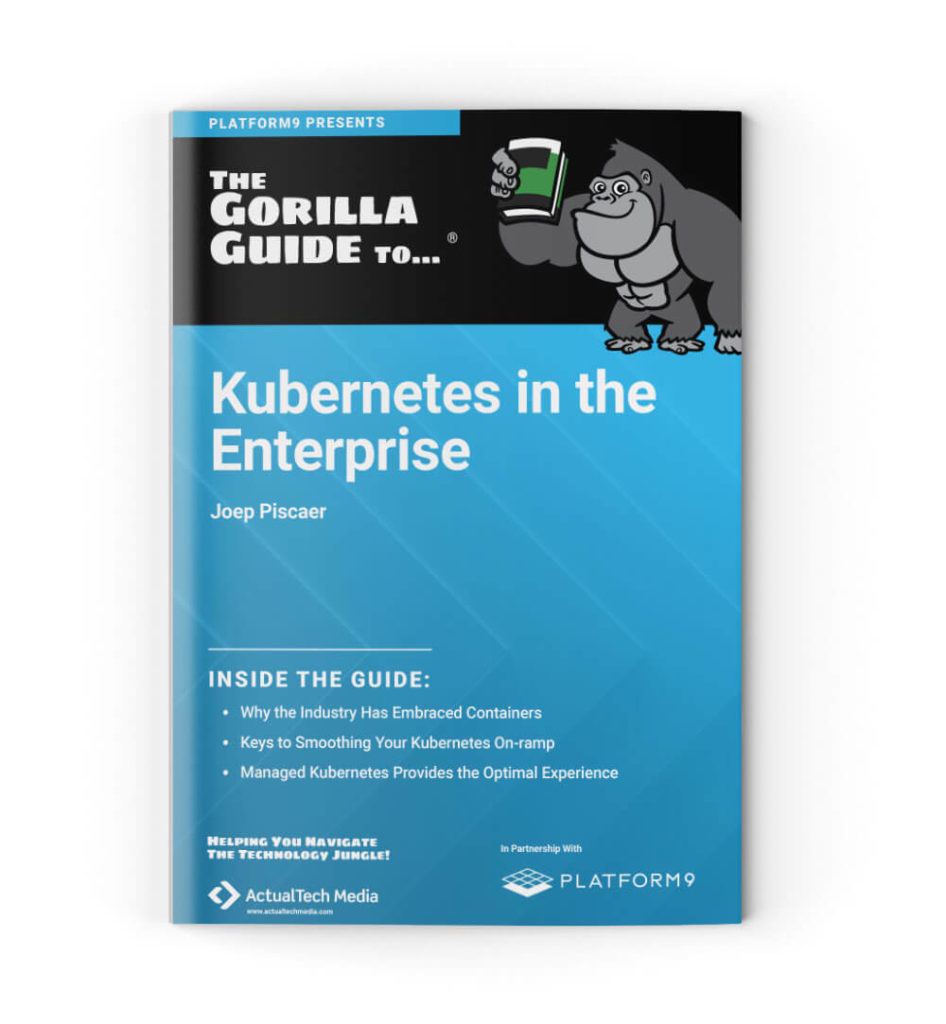 This is an excerpt from The Gorilla Guide to Kubernetes in the Enterprise, written by Joep Piscaer. See Chapter 1: The Changing Development Landscape. You can download the full guide here.
This is an excerpt from The Gorilla Guide to Kubernetes in the Enterprise, written by Joep Piscaer. See Chapter 1: The Changing Development Landscape. You can download the full guide here.
Kubernetes: More than Just Container Orchestration
As stated before (but is worth stating again), Kubernetes is an open source platform for deploying and managing containers. It provides a container runtime, container orchestration, container-centric infrastructure orchestration, self-healing mechanisms, service discovery and load balancing. It's used for the deployment, scaling, management, and composition of application containers across clusters of hosts.
But Kubernetes is more than just a container orchestrator. It could be thought of as the operating system for cloud-native applications in the sense that it's the platform that applications run on, just as desktop applications run on MacOS, Windows, or Linux.

